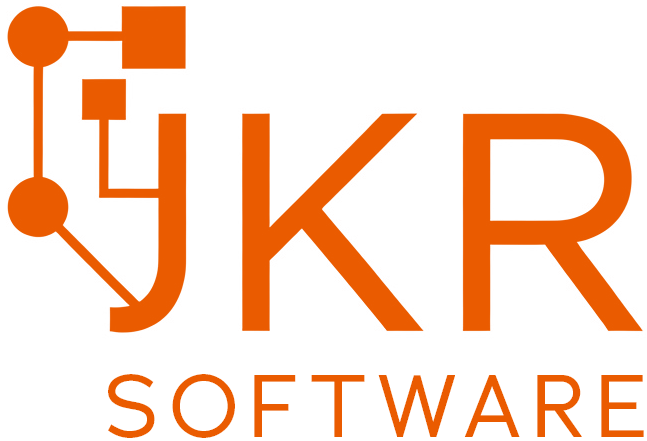SSL Checker Tool
An SSL (Secure Sockets Layer) certificate is a digital credential that:
- 🔒 Encrypts data in transit between a user’s browser and a web server, preventing eavesdropping or tampering.
- 🆔 Authenticates the server’s identity via a chain of trust rooted in recognized Certificate Authorities (CAs).
- ✅ Builds trust by showing your site’s padlock icon (or “HTTPS” badge) instead of “Not Secure.”
SSL certificates come in different validation levels:
- Domain‑Validated (DV): Quick issuance after proving control of the domain.
- Organization‑Validated (OV): CA verifies your organization’s identity.
- Extended Validation (EV): The strictest checks, often displaying a green address bar or company name in the browser.
There are also special certificates:
- Wildcard: Covers one domain and all its subdomains
(e.g.
*.example.com). - Multi‑Domain (SAN/UCC): Secures multiple distinct hostnames in one cert.
Together, SSL certificates form the backbone of web security—encrypting connections, verifying identities, and earning user trust.
| Field | Description |
|---|---|
| Subject | The certificate’s Common Name (CN), usually the domain. |
| Issuer | The authority that issued the certificate. |
| From | “Valid From” timestamp (YYYY‑MM‑DD HH:MM:SS). |
| To | “Valid To” timestamp (expiry date). |
| Days Left | Number of days until the cert expires. |
| Serial | The certificate’s serial number (hex). |
| SigAlg | The signature algorithm (e.g. SHA256‑RSA). |
| PubKeyAlg | Public key algorithm (RSA/EC/etc.). |
| PubKeySize | Public key size in bits. |
| SAN | Subject Alternative Names (all hostnames/IPs covered). |
| CRL DP | URLs for Certificate Revocation Lists. |
| AIA | OCSP/Authority Info Access URLs. |
| Fingerprint SHA‑1 | SHA‑1 hash of the DER cert. |
| Fingerprint SHA‑256 | SHA‑256 hash of the DER cert. |
- 🔒 Security – Detect expired or misconfigured certificates.
- 🌐 Trust – Ensure browsers won’t show “Not Secure.”
- 🛠️ Maintenance – Plan renewals before expiry.
- 🚨 Compliance – Verify that you meet industry standards.
An SSL checker verifies a server’s digital certificate and ensures secure communication. The typical process is:
- Initiate secure connection: Open a connection to the server’s HTTPS port (usually 443).
- TLS handshake: Client and server exchange protocol versions, cipher suites, and keys to establish an encrypted channel.
- Certificate delivery: The server presents its SSL/TLS certificate (and any intermediates) as part of the handshake.
- Certificate validation:
- Check the certificate chain up to a trusted root CA.
- Verify the certificate has not expired.
- Confirm the domain name matches a certificate subject or SAN entry.
- Optionally check for revocation via CRL/OCSP.
- Inspect certificate fields: Read key details like issuer, subject, validity dates, public‑key algorithm/size, and extensions (e.g. SANs).
- Report results: Surface any errors (expired, mismatched host, untrusted CA, etc.) and show certificate metadata for user review.
Explore more free tools:

